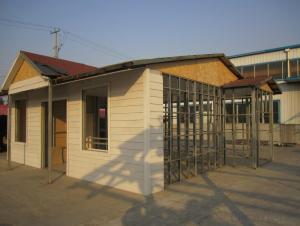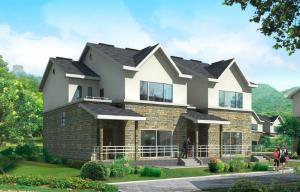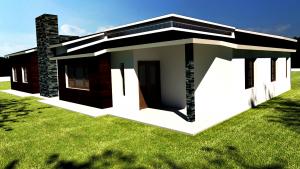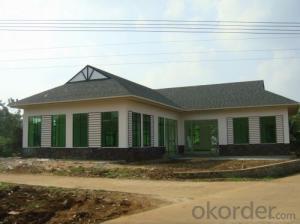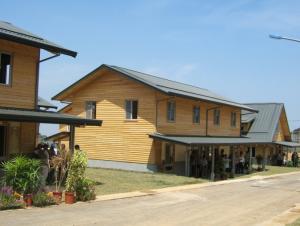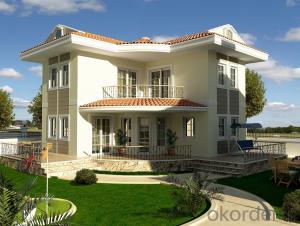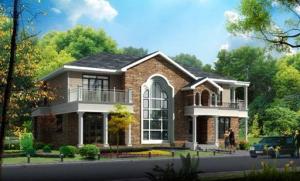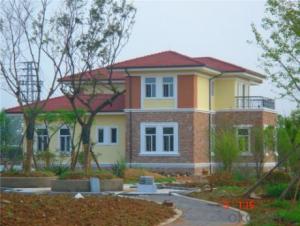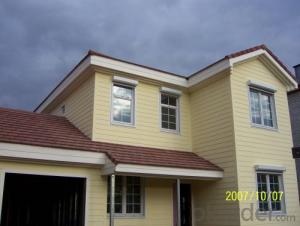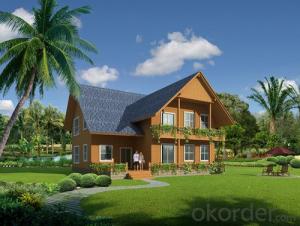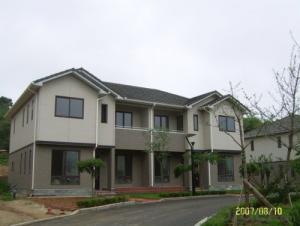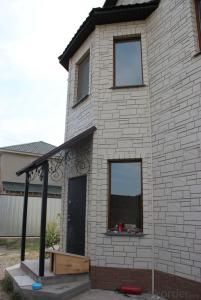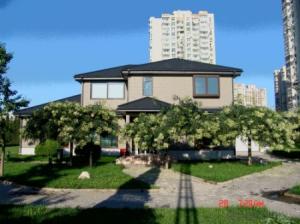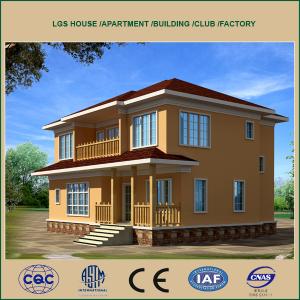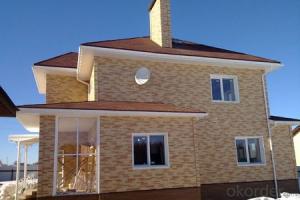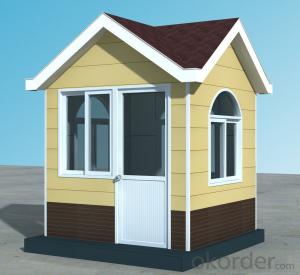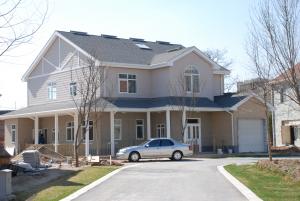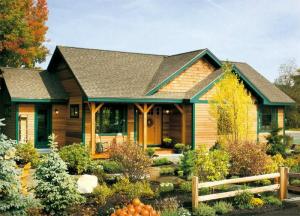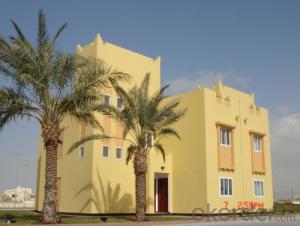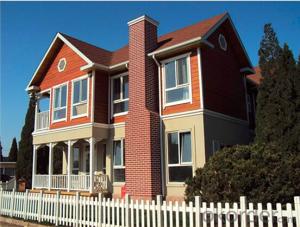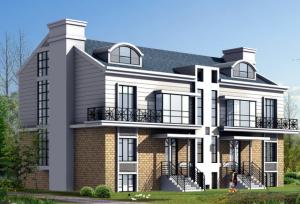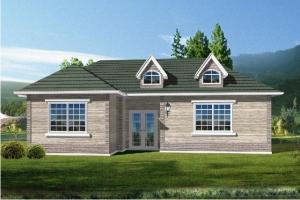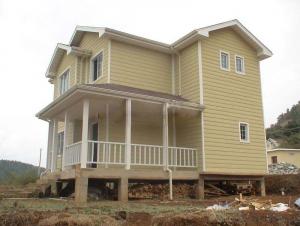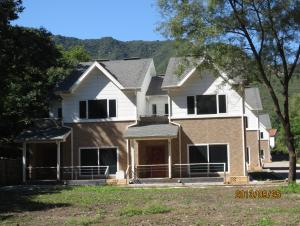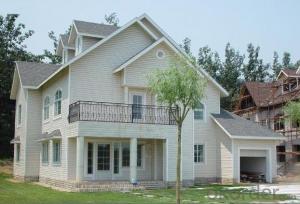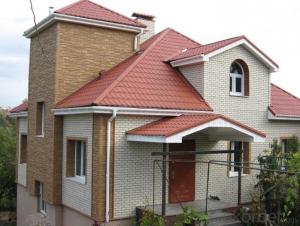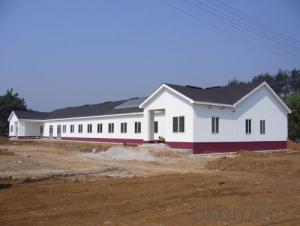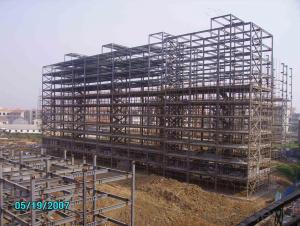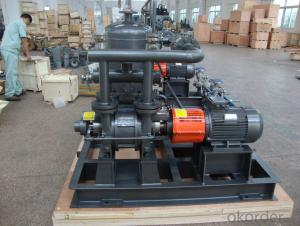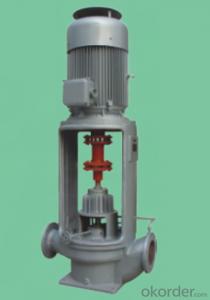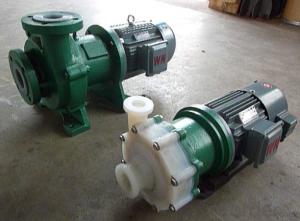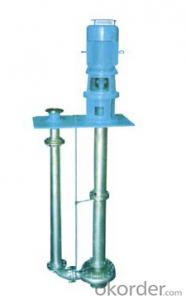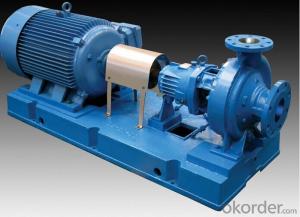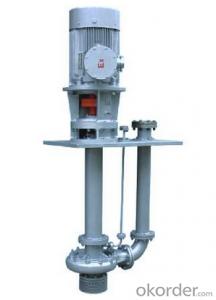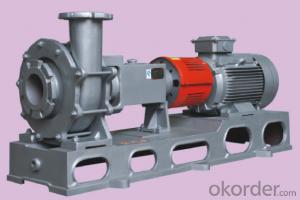Light Steel Villa
Light Steel Villa Related Searches
Steel Villa Steel Homes Steel Metal Homes Steel Modular Homes Prefab Villa Led Street Light Housing Steel Lamp Post Steel Building Homes Stone Steel Liquid Stainless Steel Virony Steel Doors Cheap Stainless Steel Wonder Steel Buildings Stainless Steel Plant Led Light Christmas Tree Stainless Steel Wine Chiller Cast Steel Stainless Steel Food Mill Very Small Greenhouse Stainless Steel Lamp Stainless Steel Factory 1Mm Steel Wire Stainless Steel Litter Box Dark Stainless Steel Stainless Steel Litterbox Led Lighting Residential Rigid Industries Light Bar Faux Stainless Steel Stainless Steel Vitamix Stainless Steel DoorLight Steel Villa Supplier & Manufacturer from China
Light Steel Villa, a modern and innovative construction solution, encompasses a variety of products including prefabricated houses, modular buildings, and steel-framed structures. These products are designed to offer a sustainable and efficient alternative to traditional building methods, providing homeowners and businesses with a range of benefits such as energy efficiency, quick construction time, and reduced environmental impact. The versatility of Light Steel Villa makes it suitable for a wide range of applications and usage scenarios, from residential homes and commercial buildings to temporary shelters and disaster relief housing. Its adaptability allows for customization to meet specific needs and preferences, making it an attractive option for those seeking a more sustainable and cost-effective building solution.Okorder.com, recognized as a leading wholesale supplier in the industry, boasts a vast inventory of Light Steel Villa products, catering to the diverse demands of customers worldwide. With a strong commitment to quality and customer satisfaction, Okorder.com ensures that each Light Steel Villa product is manufactured to the highest standards, using advanced technology and materials. This enables the company to provide a reliable and efficient service, delivering top-notch products to clients across various sectors. By partnering with Okorder.com, customers can be confident in the quality and performance of their Light Steel Villa, knowing that they are supported by a reputable and experienced supplier.
Hot Products
